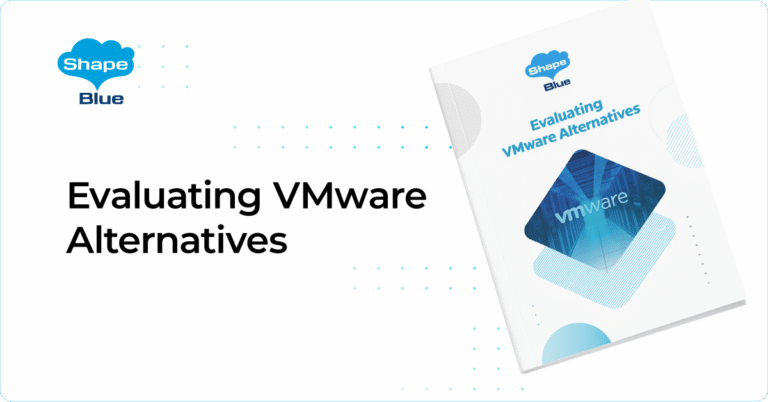CloudStack Kubernetes Service
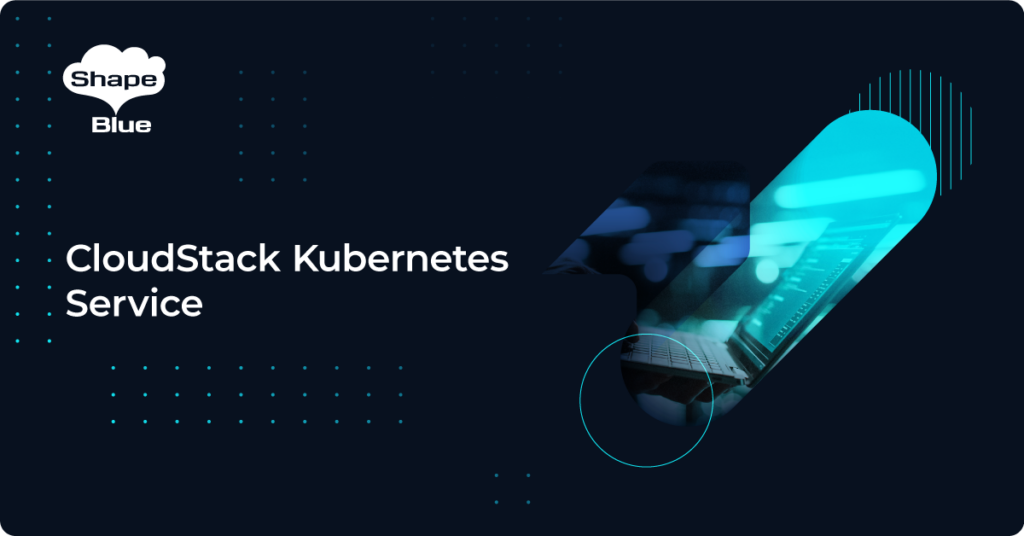
For a while, the CloudStack community has been working on adding support for containers. ShapeBlue successfully implemented the CloudStack Container Service and donated it to the project in 2016, but it was not completely integrated into the codebase. However, with the recent CloudStack 4.14 LTS release, the CloudStack Kubernetes Service (CKS) plugin adds full Kubernetes […]
SolidFire with CloudStack
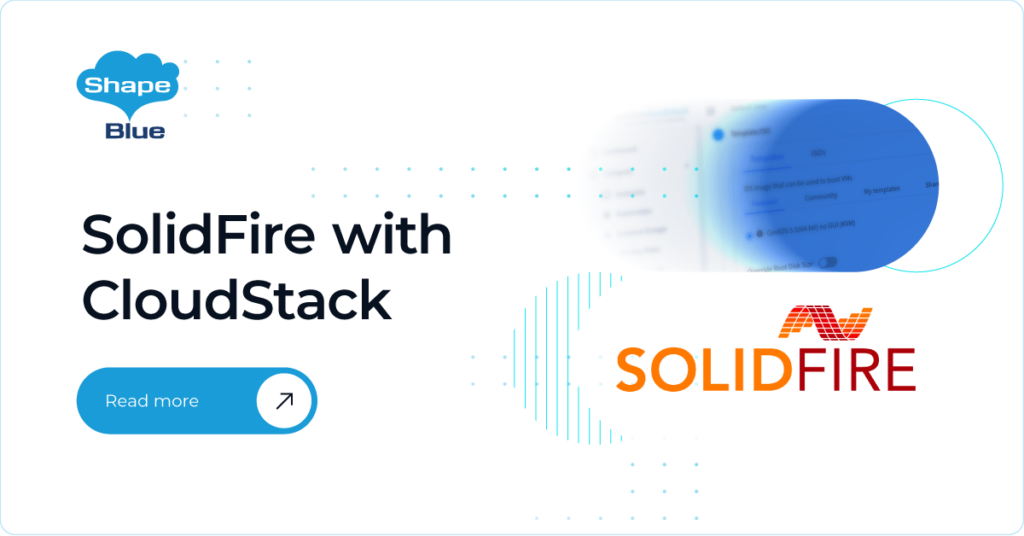
Aside from traditional storage solutions, CloudStack has supported managed storage for some time. In this article, we will touch on SolidFire support in CloudStack 4.13 and lay out the exact steps needed to add SolidFire to CloudStack as Primary Storage (for VMware, KVM and XenServer). We will also explain the difference between the “SolidFire” and […]
Machine Learning and Apache CloudStack | Case Studies
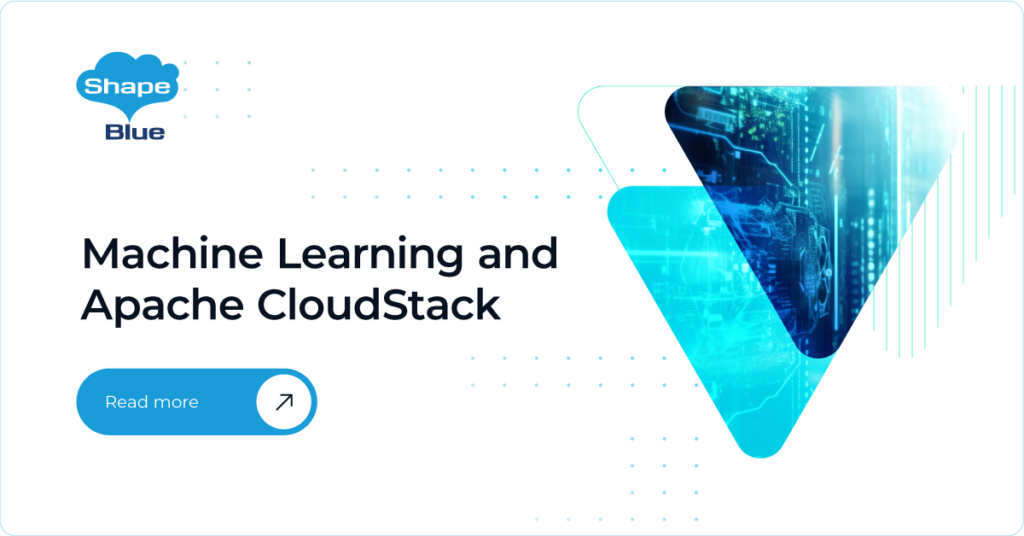
Introduction In this blog we discuss applications of machine learning (ML) in datacenters and how that might integrate with Apache CloudStack (ACS). We also try to identify various places in the lifecycle of datacentres where such tools can be helpful. With any datacentre deployment, the primary goal is to achieve efficient resource provisioning whilst also […]
Openvswitch with DPDK support on CloudStack – Part 2 | CloudStack Feature Deep Dive
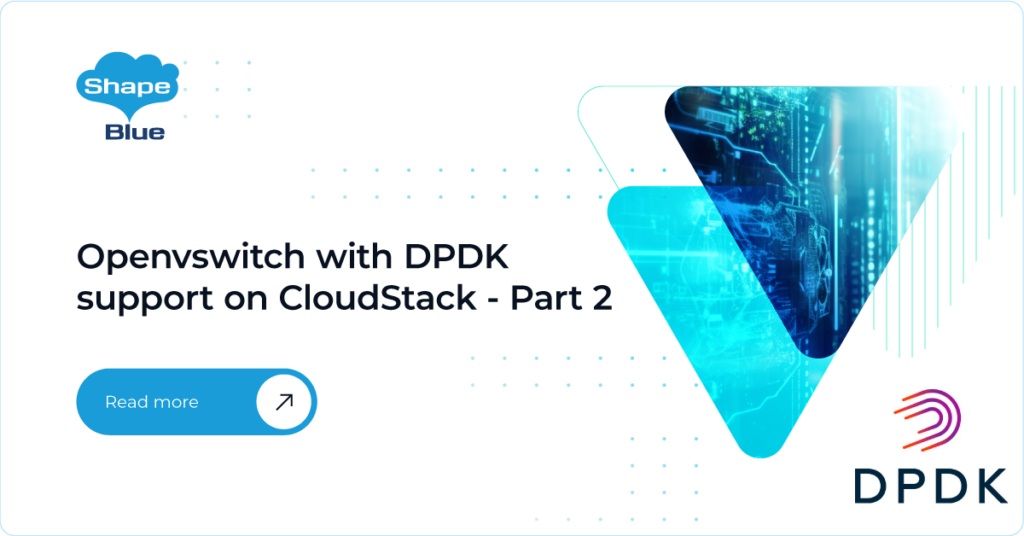
Introduction In my previous post, I described the new ‘Open vSwitch with DPDK support’ on CloudStack for KVM hosts. There, I focused on describing the feature, as it was new to CloudStack, and also explained the necessary configuration on the KVM agents’ side to enable DPDK support. DPDK (Data Plane Development Kit) (https://www.dpdk.org/) is a […]
Ceph and CloudStack – Part 3
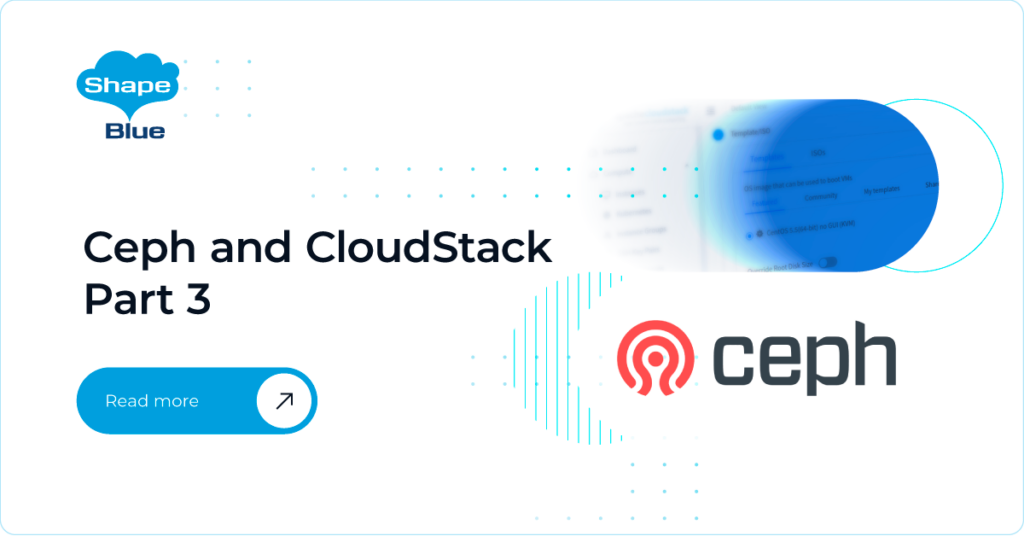
Introduction In the previous two parts of this article series, we have covered the complete Ceph installation process and implemented Ceph as an additional Primary Storage in CloudStack. In this final part, I will show you some examples of working with RBD images, and will cover some Ceph specifics, both in general and related to […]
Ceph and CloudStack – Part 2
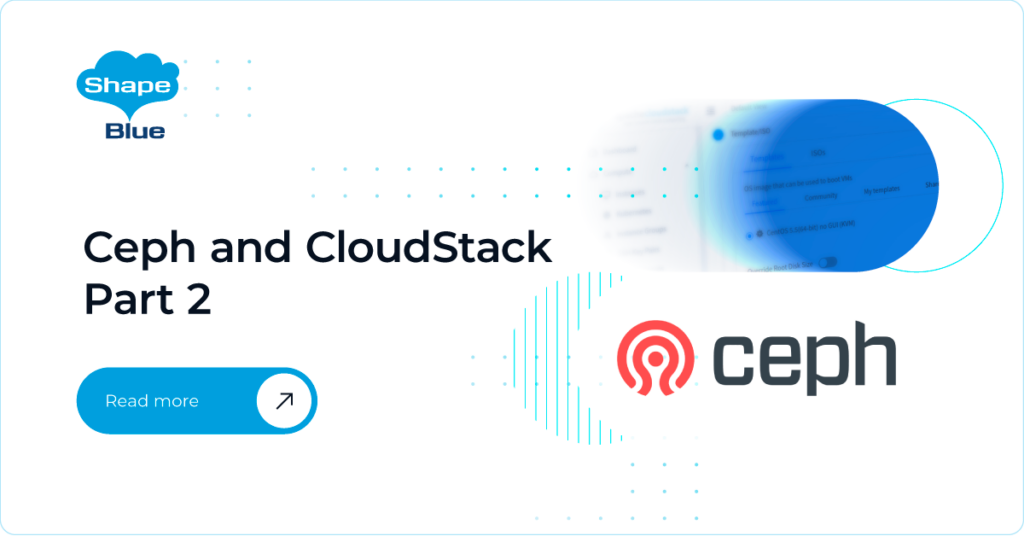
In the previous article we covered some basics around Ceph and deployed a working Ceph cluster. In this article, we are going to finish the Ceph configuration needed for CloudStack and add it as a new Primary Storage pool. We are also going to deploy Ceph volumes via CloudStack and examine them. Finally, in part […]
Ceph and CloudStack – Part 1
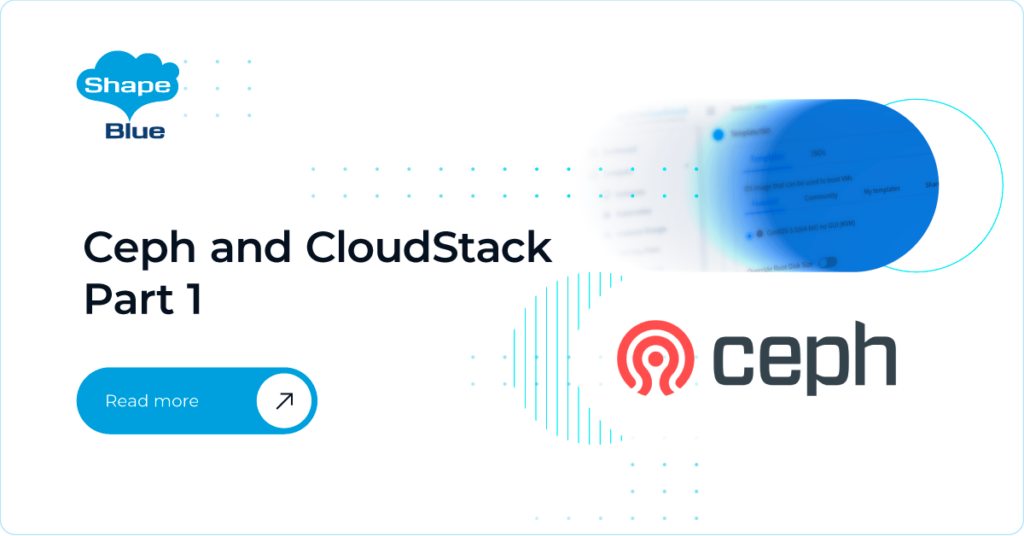
As well as NFS and various block storage solutions for Primary Storage, CloudStack has supported Ceph with KVM for a number of years now. Thanks to some great Ceph users in the community lots of previously missing CloudStack storage features have been implemented for Ceph (and lots of bugs squashed), making it the perfect choice for […]
Openvswitch with DPDK support on CloudStack | CloudStack Feature Deep Dive

Introduction This blog describes a new feature to be introduced in the CloudStack 4.12 release (already in the current master branch of the CloudStack repository). This feature will provide support for the Data Plane Development Kit (DPDK) in conjunction with Open vSwitch (OVS) for guest VMs and is targeted at the KVM hypervisor. The Data […]
Integration Testing within CloudStack – Marvin

Integration testing – What it is and why SDLC needs it. What is Integration testing? This is a type of testing where multiple components are combined and tested working together. There are different aspects of integration testing depending on the project and component scale, but usually it comes down to validating that different modules can […]
Secure Live KVM VM Migration with CloudStack 4.11.1 | CloudStack Feature Deep Dive

Introduction CloudStack 4.11.1 introduces a new security enhancement on top of the new CA framework to secure live KVM VM migrations. This feature allows live migration of guest VMs across KVM hosts using secured TLS enabled libvirtd process. Without this feature, the live migration of guest VMs across KVM hosts would use an unsecured TCP connection, which is prone […]



